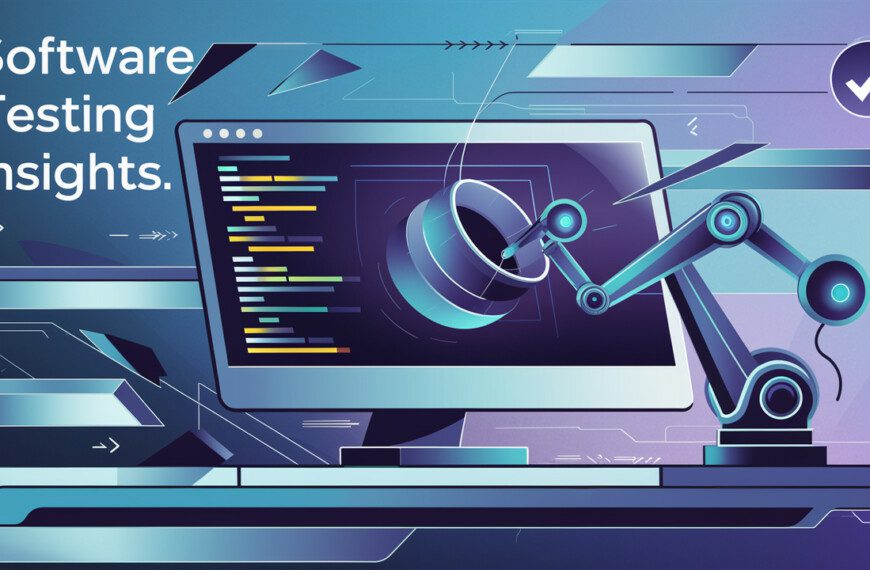Hyper-convergence of emerging technologies refers to the integration and convergence of multiple cutting-edge technologies into a unified system or platform. It involves combining various emerging technologies to create synergistic solutions that offer enhanced capabilities and benefits.
Depending on the environment and application, the specific technologies involved in hyper-convergence can vary. However, it often includes a combination of emerging technologies such as:
- Artificial Intelligence (AI) and Machine Learning (ML): Integrating AI and ML capabilities into a hyper-converged system can enable intelligent automation, predictive analytics, and cognitive decision-making.
- Internet of Things (IoT): Incorporating IoT devices and sensors into a hyper-converged infrastructure allows for real-time data collection, analysis, and automation, enabling improved monitoring, control, and optimization of various processes.
- Edge Computing: Hyper-converging edge computing technologies brings processing, storage, and networking closer to the data source, enabling real-time analytics, reduced latency, and improved performance for edge applications.
- Blockchain: Integrating blockchain technology into a hyper-converged system can provide secure, transparent, and decentralized record-keeping, enhancing trust, data integrity, and auditability for various applications.
- Cloud Computing: Hyper-converging cloud computing technologies combines the scalability, flexibility, and resource pooling capabilities of the cloud with the integrated infrastructure of a hyper-converged system, allowing for efficient deployment and management of cloud-based applications.
- Virtual Reality (VR) and Augmented Reality (AR): Incorporating VR and AR capabilities into a hyper-converged system can enable immersive experiences, training simulations, remote collaboration, and visualization of complex data.
By combining these emerging technologies within a hyper-converged infrastructure, organizations can benefit from the synergistic effects of each technology. This convergence enables advanced capabilities, seamless integration, simplified management, improved performance, and scalability, unlocking new opportunities for innovation, efficiency, and transformation across various industries and applications.
When customers utilize the hyper-convergence of technology services in blockchain, they can expect the following outcomes:
- Simplified Infrastructure: Hyper-convergence combines various technology services into a single integrated solution, simplifying the infrastructure required for blockchain implementation. Customers can expect streamlined deployment and management of blockchain nodes, storage, networking, and compute resources.
- Increased Scalability: Hyper-converged infrastructure enables seamless scalability of blockchain networks. Customers can easily add or remove resources based on their evolving needs, ensuring that the blockchain solution can handle growing transaction volumes and accommodate future expansion.
- Enhanced Performance: By leveraging optimized hardware and software configurations, hyper-convergence can significantly enhance the performance of blockchain networks. Customers can expect faster transaction processing, improved data throughput, and reduced latency, leading to a more efficient and responsive blockchain solution.
- Improved Resilience and High Availability: Hyper-converged systems offer built-in redundancy and fault tolerance mechanisms. This ensures higher availability of blockchain networks, minimizing downtime and ensuring continuous operation even in the event of hardware failures or network disruptions.
- Cost Optimization: Hyper-convergence helps customers optimize costs by consolidating hardware resources and reducing infrastructure complexity. It eliminates the need for separate silos of storage, compute, and networking equipment, reducing capital and operational expenses associated with managing and maintaining multiple components.
- Simplified Management and Automation: Hyper-converged infrastructure provides centralized management and automation capabilities, simplifying the administration of blockchain networks. Customers can benefit from simplified provisioning, monitoring, and troubleshooting, improving operational efficiency and reducing the need for specialized IT expertise.
- Enhanced Data Protection and Security: Hyper-converged solutions often include robust data protection mechanisms, such as built-in backup, disaster recovery, and encryption features. These security measures help customers safeguard sensitive blockchain data and protect against data breaches or unauthorized access.
- Rapid Deployment and Time-to-Value: Hyper-convergence accelerates the deployment of blockchain solutions, reducing time-to-value for customers. The pre-integrated and standardized nature of hyper-converged infrastructure enables faster setup and configuration, allowing organizations to quickly realize the benefits of blockchain technology.
By leveraging hyper-convergence in blockchain technology services, customers can expect simplified infrastructure, improved scalability and performance, cost optimization, enhanced resilience and security, and faster time-to-value. These outcomes contribute to more efficient, reliable, and cost-effective blockchain implementations that support their business objectives.











